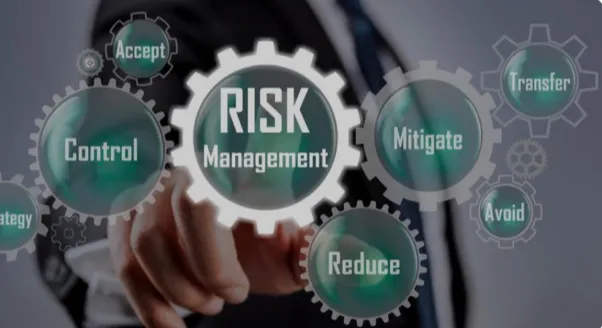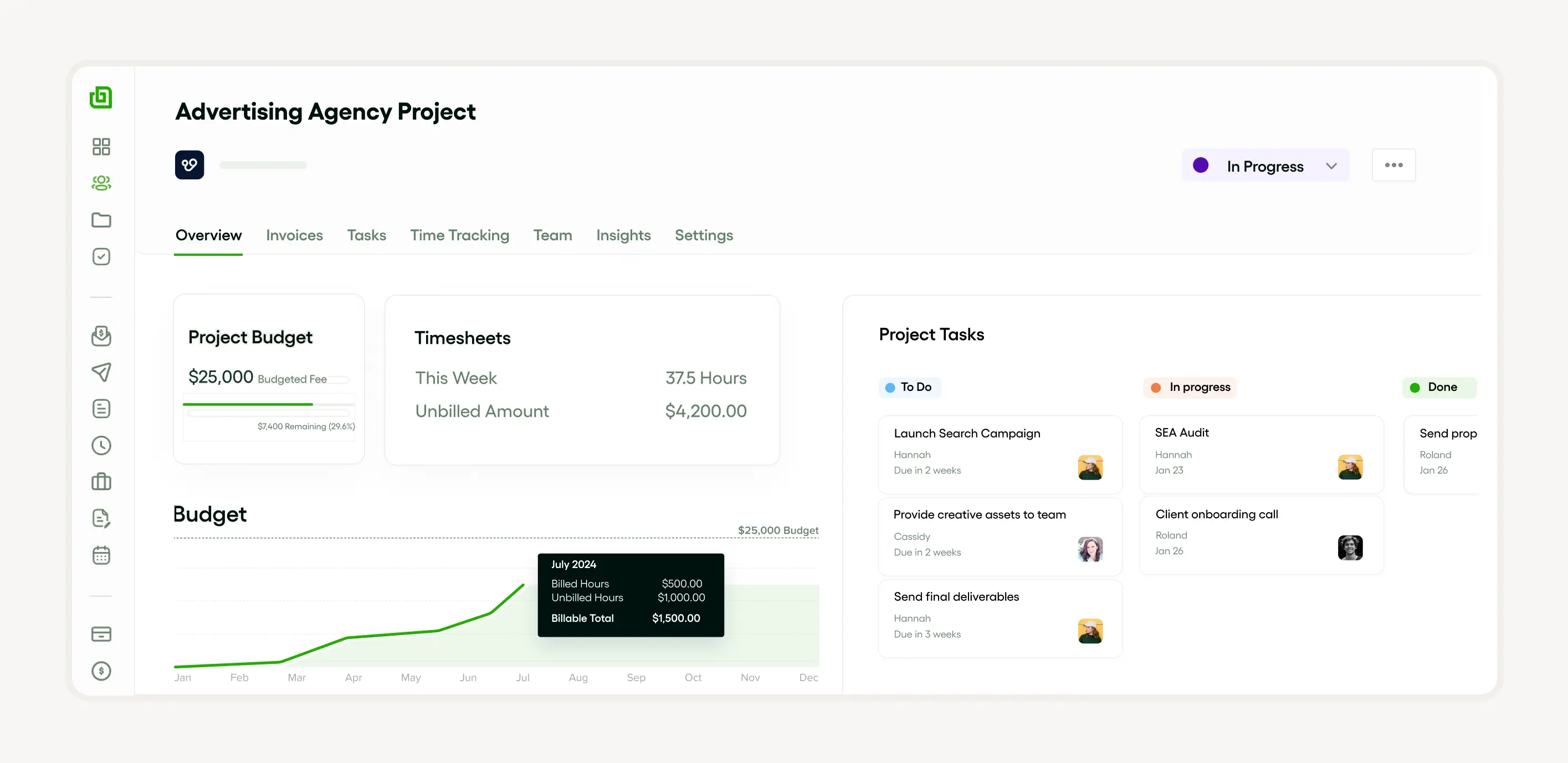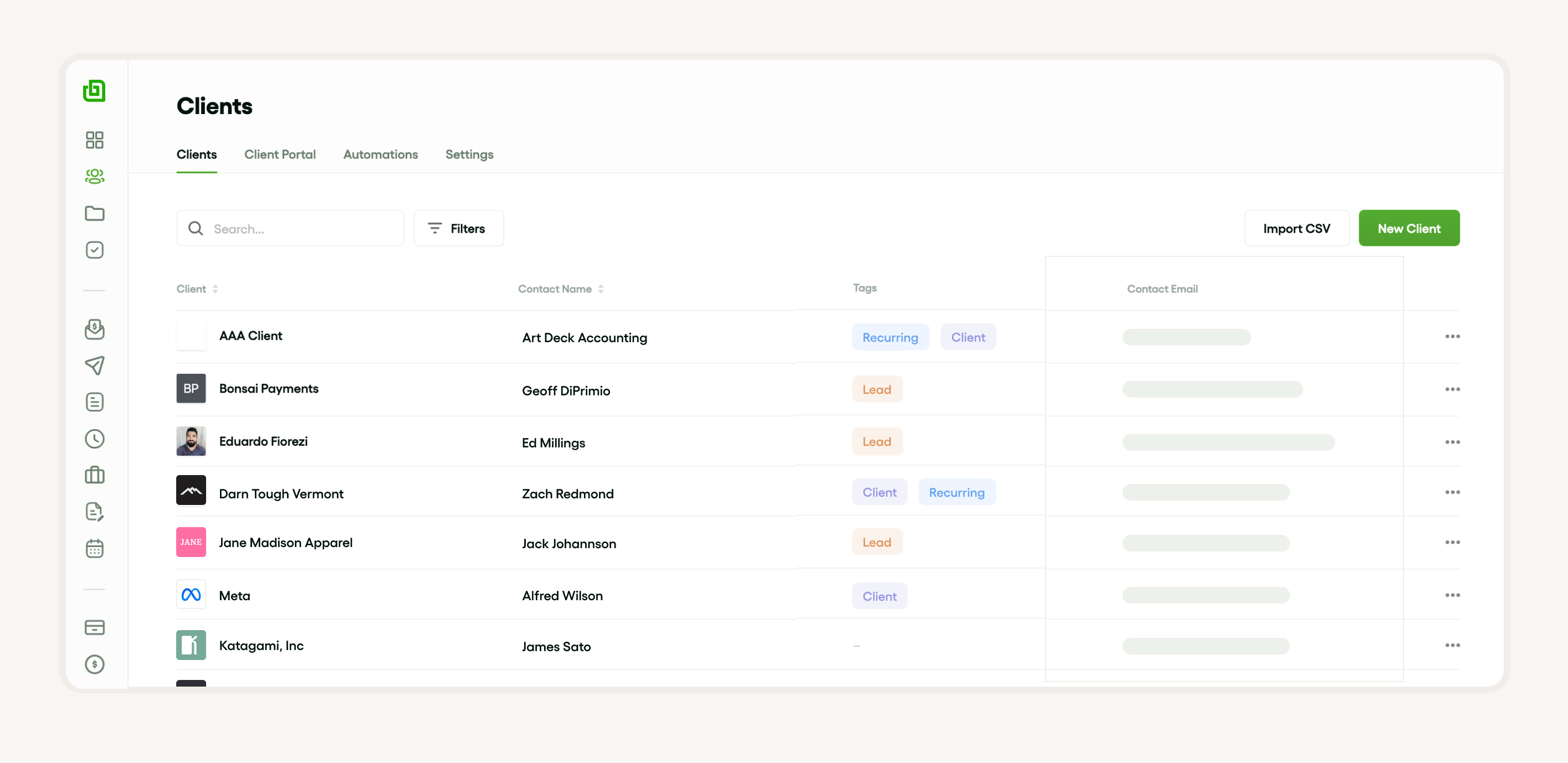It is a well-established fact that project governance involves defining project roles, providing a framework for decision-making as well as ensuring a project's success. Inarguably, it is crucial to the project process as it oversees project management and facilitates project execution. What's more, it involves the organization and coordination of project tasks. Plus, it manages project information and ensures effective project communication between the project owner and key stakeholders. The cool thing about advisory groups is they may also be involved in offering guidance and support for enhanced project planning and implementation.
Introduction to project governance
There is no doubt that the governance of the project is a critical element of any successful management of the project. It’s just amazing how it dictates the structural framework of operations– from planning and execution to decision-making!
It is evident that this encompasses assigning project roles, clearly communicating project information, etc. With well-established governance, the project owner can work effectively with the advisory group towards the success of the project. Fortunately, it builds transparency along the project process, and it makes sure consistency together with enabling effective management of risks and issues.
Definition of project governance
It is apparent that project administration refers to the framework in which project decisions are made. What's intriguing is it defines:
- The project structure
- Outlining project roles
- The project processes

Typically, this governance framework facilitates the making of the decisions. As a result, this links projects to broader business objectives. One thing is for certain: The governance of the project provides a structured process for consistent project tasks, allowing the achievement of project goals.
Why Bonsai tool is essential for project governance
It is obvious that Bonsai tool is essential in project management because it provides a framework for decision-making and the project process. It also guides project planning and execution to ensure project success. What’s fascinating is it defines project roles, project structure, and the flow of project information. It’s astounding how this clarifies the responsibilities of the project owner, key stakeholders, and the advisory team.
Here's why Bonsai stands out:
1. Project lifecycle visualization
Bonsai helps visualize the entire project lifecycle, ensuring all components and resources are tracked and managed efficiently. Consolidate your projects, clients and team into one integrated, easy-to-use platform.

2. Task management
It offers robust task management capabilities, enabling teams to monitor progress and adjust schedules as necessary. Automate repetitive tasks and create standardized processes to boost efficiency and reduce errors.

3. Resource allocation
The tool assists in the allocation of resources, optimizing the use of budget and personnel for project tasks.
4. Milestone alignment
Bonsai ensures that project milestones are aligned with set goals, contributing to the strategic success of the project.
5. Progress insights
Regular monitoring of tasks through Bonsai provides insights necessary for adjusting project scheduling, crucial for timely delivery. Gain valuable insights into project progress, resource allocation, and profitability with easy-to-understand reports. This empowers better decision-making throughout the project lifecycle.

In essence, Bonsai enhances clarity and governance over a project's lifecycle, strengthening project management by facilitating task monitoring, maintaining project timelines, and achieving project milestones. This leads to more organized, efficient, and successful project outcomes.
Key components of project governance
Clearly, project administration is a crucial aspect of achieving the success of the project. It encompasses key components including the project framework, which outlines the project roles and responsibilities to ensure smooth project execution. It is crucial to realize that the elaboration of the management of the project processes, like detailed project planning and identification of project tasks, helps in aligning all activities towards the project targets. The noticeable thing about effective project communication is it is another primary component that guarantees clear and timely project information being delivered to the project owner as well as key stakeholders. Certainly, the involvement of an advisory group ensures a balanced approach to decision-making.
Roles and responsibilities
It stands to reason that effective project management requires clearly defined project roles and responsibilities. The project owner who is responsible for the making of the decisions and project goals, generally partners with key stakeholders to oversee project planning and execution. The great thing is this often entails:
- Structuring the tasks of the project
- Setting a timeline
- Managing resources appropriately
The project teams– important for project success, provide the essential project information, and engage in the project process. Interestingly, this incorporates all stages from project planning to execution. Importantly, understanding the roles and responsibilities within the project structure proves critical for achieving project goals and tasks efficiently.
Decision-making structures
Project handling inevitably necessitates robust decision-making structures to ensure a project's favorable outcome. It's indisputable that this involves clear project planning, execution processes, etc. Naturally, the project owner, along with the advisory team and primary stakeholders, plays a pivotal role in the decision-making process. Most of the time, they collectively decide the project information dissemination methods, and project communication strategies.

Especially decisions regarding the goals of the project and tasks fall under their purview. One noticeable thing is all decisions should align with the project's primary objectives and contribute to its successful completion. It is irrefutable that effective decision-making structures are instrumental in effective project management.
Accountability and oversight
What’s amazing is the management of the project involves strict accountability and oversight to ensure project success. Definitely this begins with project planning that outlines project tasks, roles, structure, and processes for all key stakeholders. One obvious thing is effective project execution relies on comprehensive project information and continuous project communication. Then this forms a vital part of the decision-making process establishing project goals. Impressively, it ensures responsibility and transparency in every stage of the project enhancing accountability.
Benefits of effective project governance
One thing to be noted: Effective project administration ensures seamless project management, and, usually, it leads to successful project execution. Continually, it gives the following things:
- A clear project structure
- Outlining project roles
- Forming a proper communication plan
This enhances decision-making, based on the defined project information, leading to efficient project planning. Predictably, it includes the primary stakeholders, the project owner, and advisory groups in the process. This make sure alignment of project tasks with the project goals, impacting the overall success of the project positively.
Improved project outcomes
It's indisputable that effective project management can lead to improved project outcomes by establishing clear project roles and a robust structure of the project. Mostly, it ensures alignment with project aims, thus enabling efficient making of the decisions and project execution. What's worth highlighting is the project information is clearly communicated among team members and key stakeholders, fostering unity and collaboration. Notably, having a dedicated project owner helps in steering the project process towards success. Undoubtedly, good project handling leads to better project outcomes. It's staggering how this enhances project success!
Enhanced risk management
It comes as no surprise that in project management, enhanced risk management is imperative for the successful execution of the project. Frequently, this involves meticulous project planning, including the delineation of project roles and a clear project framework. It's no secret that the owner of the project, the main stakeholders, and often an advisory group, are involved in making the decisions.

Efficient project communication definitely contributes to effective risk management as it ensures transparency and accessibility of project information. It is vital to note that defined project goals and tasks assist in streamlining the project process and offer a framework that minimizes potential risks. It is fair to say, “Enhanced risk management is a crucial aspect of project execution.”
Increased stakeholder confidence
It's proven that effective project management greatly boosts stakeholder confidence. The beneficial thing about this is it guarantees structured project planning and efficient project execution, which assures stakeholders of the project's success. Ironically, all project information is communicated to maintain transparency and enhance decision-making. Defining project roles and responsibilities creates a solid project structure, fostering a clear understanding among the owner of the project, advisory group, and primary stakeholders. Significantly, this clarity regarding project tasks and objectives contributes to increased confidence among stakeholders.
Implementing project governance in your agency
The cool thing about the implementation of the administration of the project in an agency is it involves structured project planning and efficient project processes to streamline project execution. It’s crucial to be aware that the project structure should clearly define project roles, with a project owner who oversees key tasks and partners with stakeholders for decision-making. And, of course, the project information should be made accessible to all project personnel to foster clear project communication. What’s remarkable is the advisory team can help gauge project success against set project goals, and troubleshoot any issues that arise throughout the project tasks. Remember that successful project management is reliant on effective governance.
Establishing a governance framework
One remarkable thing is establishing a governance framework is vital in the management of the project. It is noteworthy that it defines project roles, and aligns the project tasks with the goals of the project. The framework also sets the project structure while ensuring effective project planning and execution.

It is relevant to mention that an essential part of the framework involves:
- The person/ group of people who is the owner of the project
- Primary stakeholders in the advisory group
What's interesting is their influence contributes significantly to project success. Remember, the framework provides a model for project communication to ensure everyone gets the right project information at the right time.
Defining clear roles and responsibilities
Evidently, in project handling, defining clear roles as well as responsibilities is vital for efficient project execution. It’s staggering how ensuring the clarity about the specific tasks and roles promotes smoother project communication! Regularly establishing an effective structure of the project with defined roles directly affects the project's favorable outcome.
From setting project goals to managing project information, the stunning thing about having clearly delineated responsibilities is they can prevent confusion while maximizing productivity.
Setting up decision-making processes
Especially, in the management of the project, setting up a robust decision-making process is key to project execution and success. It is well known that the process begins with project planning, where a thorough understanding of project roles, tasks, and structure is essential. One usual thing is an advisory group is made of the project owner, main stakeholders, and project information manager. This is done to make certain that the project aims are met.
Amazingly, proper project communication among these parties enhances the project process and leads to efficient and effective decisions. The remarkable thing is the parties involved in making the decisions are responsible for aligning project tasks to the project goals. It’s fascinating how the decision-making process forms the backbone of a successful project!
Project governance tools and software
It's a matter of fact that efficient project administration is essential. Interestingly, implementing proper project governance tools and software can greatly help in delineating project roles, and establishing a clear project structure. One thing is for sure: Well-structured project administration tool help in efficiently tackling project tasks, aligning the goals of the project, and ultimately driving project success.
Bonsai: All-in-one project management
Surprisingly, Bonsai is a comprehensive all-in-one project handling suite that serves as a central hub for:
- Project governance
- Management of client management
- Financial tracking

It's significant to note that this cool software has been designed to cater to the needs of agencies, consulting firms, and professional services, and, stunningly, it provides a seamless experience for managing business operations.
Delightfully, the platform's project management tools are robust and intuitive. Also, it offers features like task management, time tracking, etc. It is important to emphasize that these tools help project managers deliver projects on time and within budget.

What’s amazing is that for client management, Bonsai provides a full-fledged CRM system, enabling businesses to manage leads, create proposals, draft contracts, and set up retainers. Alongside this, it streamlines the customer workflow.
On the financial side, Bonsai excels with its ability to track revenue, automate billing, and manage expenses. The notable thing about the platform is it offers detailed finance reports and supports features like recurring payments and forecasting, which are essential for maintaining a healthy cash flow.
Microsoft Project: A Comprehensive solution
The remarkable thing about Microsoft Project is it is a comprehensive solution designed to streamline project execution and project planning. Mostly, it offers an interactive platform that clearly outlines project roles and project framework, enabling key stakeholders and the project owner to effectively engage with each other. Moreover it facilitates effective project communication ensuring that project information is accurately conveyed and tracked.
Asana: Simplifying project management
The good news is Asana is a powerful tool that simplifies project handling. Delightfully, it facilitates project planning, execution, and communication. As a result, this streamlines the process and ensures project aims are met. By clearly defining project roles and structure, it helps key stakeholders and the project owner stay organized and focused. From the initial decision-making phase to the final implementation– Asana keeps everyone in the loop.
Trello: Enhancing collaboration and transparency
‘Trello’ – the digital platform for the management of the project, enhances collaboration and transparency amongst project teams. What’s worth noticing is its visually pleasing project structure and ability to assign project roles make project planning and project execution more efficient. Remember it provides a platform for seamless project communication, enabling project owners and key stakeholders to centralize project information. It is beneficial to remember that Trello aids in the making of the decisions too.
Common challenges in project governance
It’s a worrying thing that the governance of the project often faces challenges such as ensuring effective project communication amongst all project roles, maintaining a clear structure of the project, etc. The sad thing about these difficulties is they can hamper both project planning and project execution. What’s worse is it can compromise overall the success of the project. Sadly, divergent interests amongst key stakeholders, the project owner, and the advisory team can cause friction. But, don’t worry, there’s a way! It’s a great thing that a comprehensive governance model can help to mitigate these issues.
Resistance to change
Resistance to change is often a significant hurdle in project management. Inevitably, this can impact project planning and execution when key stakeholders are resistant to adjustments in project roles, tasks, or structure. The worrying thing is this resistance can negatively affect decision-making and inhibit project success. Commonly, 3 underlying causes of resistance include:
- The lack of understanding of project information
- Uncertainty surrounding the project process
- Concerns around communication
What’s noticeable is these areas need to be addressed proactively to ensure:
- Smooth transitions
- Continual progress toward project completion
Lack of clarity in roles and responsibilities
Consequently, in the management of the project, it’s a sad thing that the lack of clarity in roles and responsibilities often hampers project execution. What’s sorrowful is this unclear project structure can lead to confusion and inefficiencies. It is crucial for the project owner and key stakeholders to clearly define project roles during project planning for project success.
It is essential to acknowledge that ambiguity in roles can affect project tasks, and ultimately the accomplishment of project goals. It’s a great thing that an advisory group can help in mitigating such challenges, and also making sure every member understands their role and contributes effectively to the project process.
Insufficient communication
Sadly, ineffective project communication can significantly impact project execution and success. One thing is to be noted: Communication forms the backbone of the project planning and management process, its importance cannot be understated at all. What’s more, unclear delegation of project tasks, along with undefined project roles can lead to misunderstandings and eventually result in project failure.
It is imperative to note that frequent and open communication amongst the project owner, key stakeholders, and the advisory team is pivotal for the strategic making of decisions. The best thing about having an efficient communication system in place is it ensures all team members understand their specific roles and responsibilities contributing to the completion of project aims.
Conclusion: The role of project governance in agency success
One thing is proven: The governance of a project plays a significant role in agency success. Through clear decision-making processes, it delivers precise project framework and aligns project roles, ultimately enhancing project execution and success. It is vital to recognize that the owner of the project, along with key stakeholders and the advisory group, plays central roles in initiating project planning, managing project communication, etc. Thus, it’s a matter of fact that the effective governance of the project is paramount for meeting the goals of the project.





